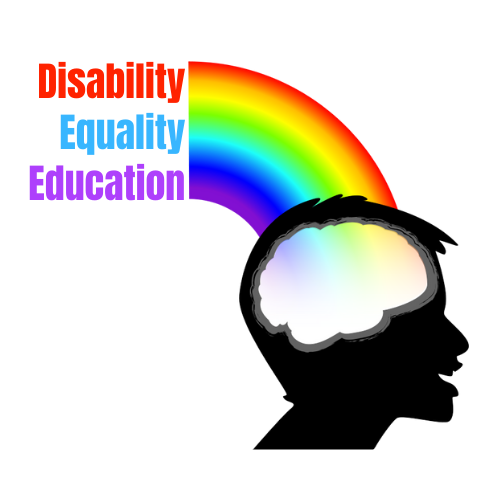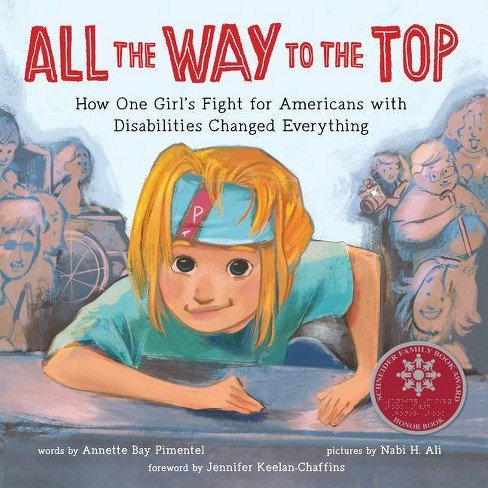
“All The Way To The Top” book lesson plan
In this lesson students will learn new vocabulary words and explore important civil rights themes by reading the book “All the Way to the Top” by Annette Bay Pimentel. “All the Way to the Top” tells the childhood story of Jennifer Keelan-Chaffins, who climbed all the way to the top of the stairs of the US capitol in 1990 to encourage congress to pass the Americans with Disabilities Act (ADA). Jennifer has cerebral palsy and became famous for the photos taken of her while climbing the stairs without a wheelchair at just 8 years old. The book tells the story from her perspective and covers how she felt she was not treated equally in her community and how she and other activist worked to get the ADA passed.
Image description: Cover artwork for “All the Way to the Top”

Black Disabled Art History Lesson
Students will select a Black Disabled artist from Leroy Moore’s Black Disabled Art History 101. Students will research their selected artist and their works. Students will choose a piece of artwork created by this artist and analyze it using a critical artistic framework. This lesson can be adapted for a wide range of ages.
Image description: Cover photo of Black Disabled Art History 101

Book Read A Loud Video List
On the YouTube page linked you will find a playlist with dozens of read a loud videos of books that we believe will add opportunities to incorporate disability representation in natural, positive ways to your class.
Image description: colorful books on a dark bookcase
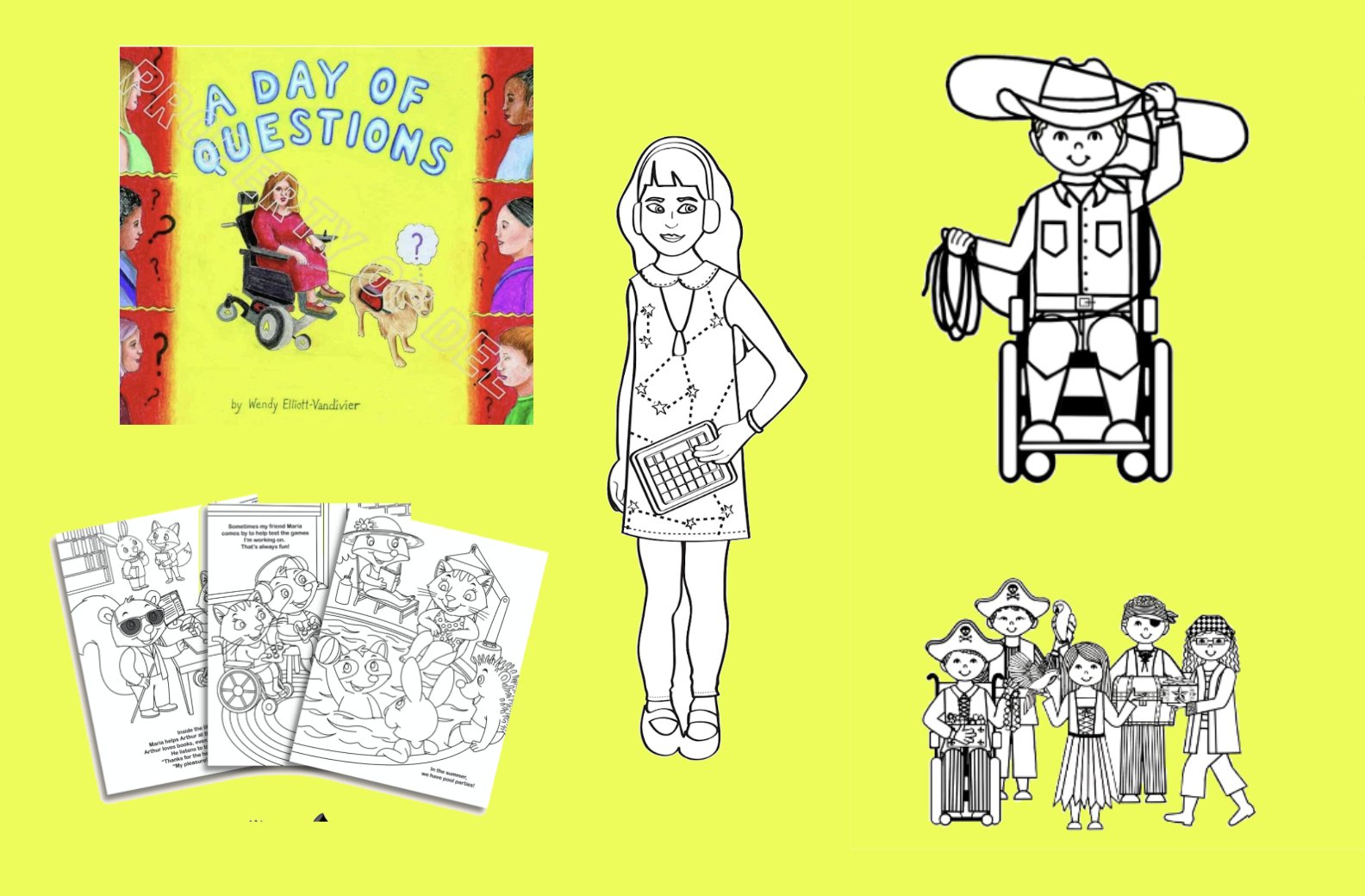
Coloring Books, Pages and Clip Art with Disability Representation
Including coloring pages and artwork in lessons (some of these allow you to use as clip art) that includes disability representation furthers the goal of regularizing disability by seeing it and offering opportunities to learn and ask questions.
Image Description: small images of the coloring books on a yellow background

Dad and Me in the Morning Guided Reading Lesson
This lesson revolves around the book Dad and Me in the Morning by Patricia Lakin. The book tells the short story of a boy and his dad getting up early to see the sunrise. The book is unique because the boy in the story is deaf and the book shows the different ways he and his dad communicate. It is a great example of how the disabled perspective can be brought to a story that most children can relate with. In this lesson the teacher will read the book page by page and stop on each page to have students figure out all the different ways the boy and his Dad are communicating. The students will compete to see who can find the most ways.
Image description: Cover art from “Dad and Me in the Morning” book

“Different - A Great Thing to Be” Rhyming Lesson
Students will identify personal similarities and differences between peers. Students will listen to read/listen to “Different… A Great Thing to Be” and identify rhyming words. After the lesson, students will write a poem about being different.
Image Description: cover of the book "Different: A Great Thing to Be!" includes an illustration of a girl with long brown hair holding flowers. Her eyes are closed and she's wearing glasses.
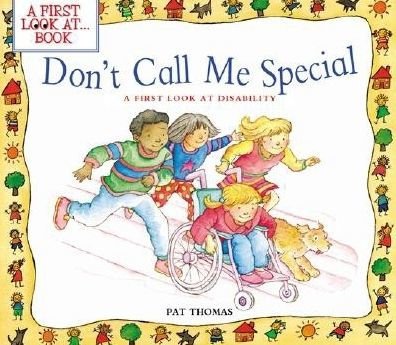
Don’t Call Me Special: Reading and Discussion
This is an introductory lesson on physical disability using the book “Don’t Call Me Special” by Pat Thomas. The educator will read aloud the book and ask questions about the text. Students will learn about making assumptions and what physical disability can look like, as well as how equipment can help students with disabilities access all parts of their life.
Image description: cover art for the book “Don’t Call Me Special”
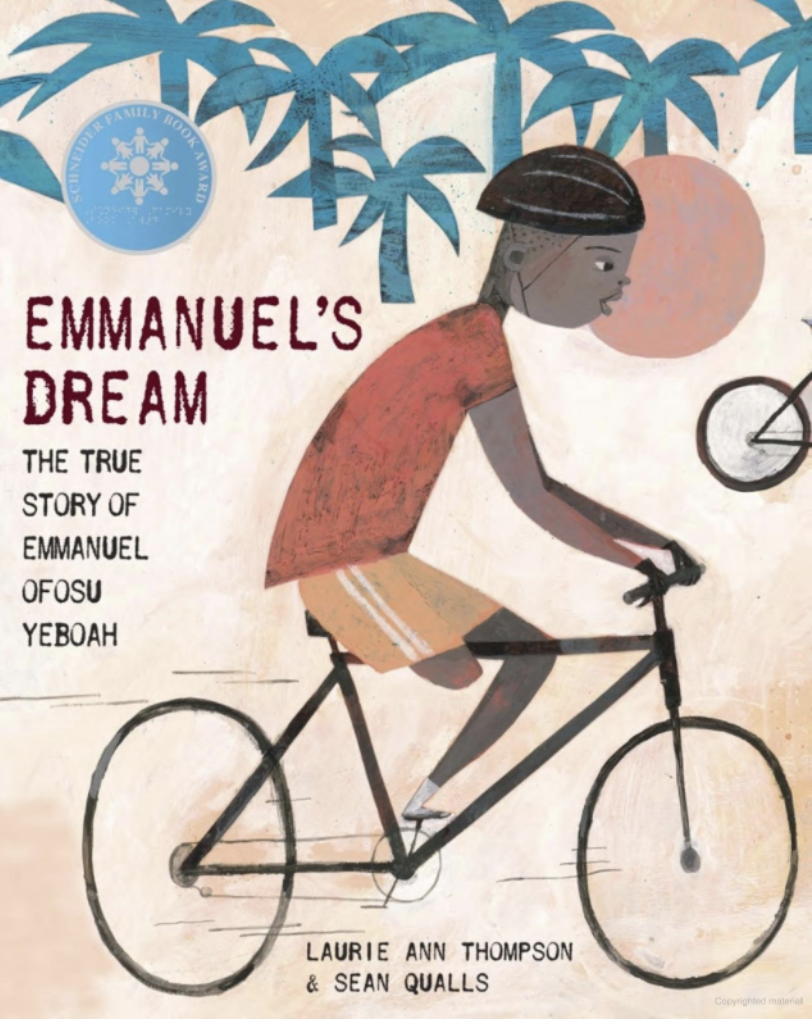
‘Emmanuel’s Dream’ Lesson Plan
Students will read ‘Emmanuel’s Dream’ by Laurie Ann Thompson, the true story of Emmanuel, a boy from Ghana who could only use one leg. Students will then complete a worksheet with a blank tshirt on it where they will write a word or phrase about how they are different but they are proud of that difference.
Image description: Cover image for “Emmanuel’s Dream”
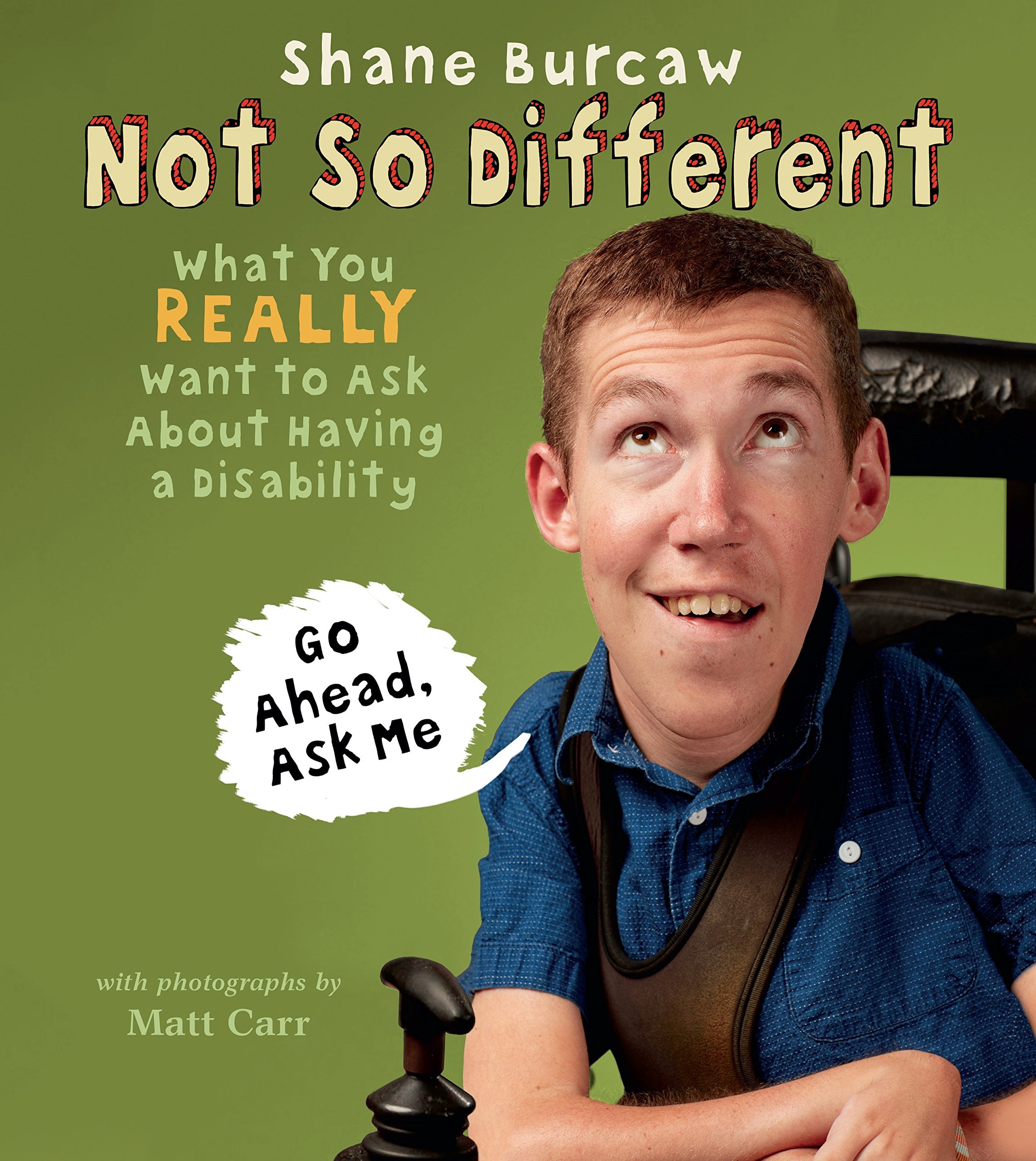
Equity is Essential: Working to Achieve Access for All Lesson
Students will read Not So Different: What You Really Want to Ask About Having a Disability by Shane Burcaw and consider what it means to have a disability, what inclusion means and how to create a more accessible world.
Image description: Cover for the book “Not So Different: What You Really Want to Ask About Having a Disability”
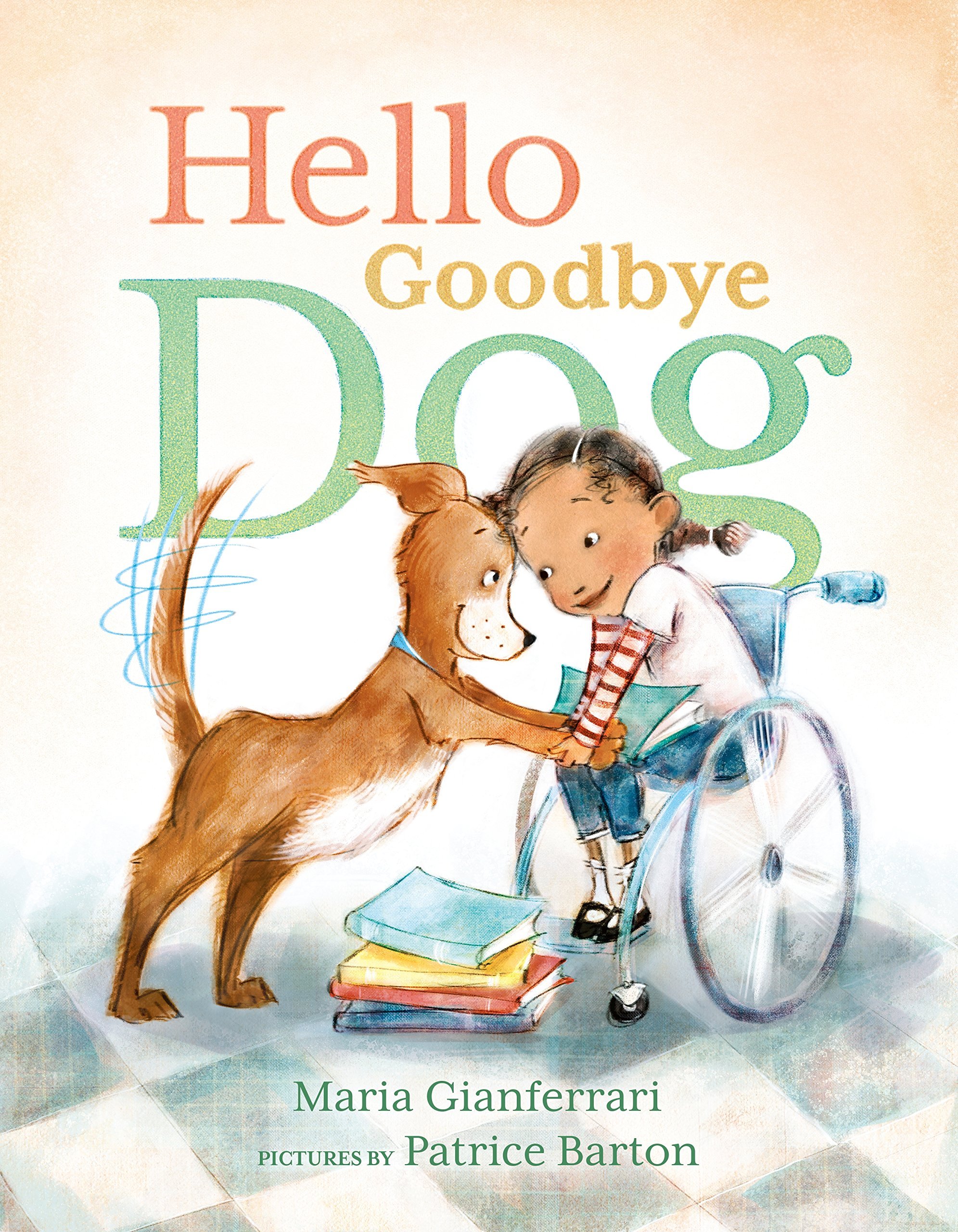
Hello Goodbye Dog: Reading about Service/Therapy Dogs and their Important Jobs
Students read Hello Goodbye Dog by Maria Gianferrari and read a short article about how a shelter dog helped a boy with epilepsy to live a safer and more fulfilling life.
Image description: Cover art from the book “Hello Goodbye Dog”
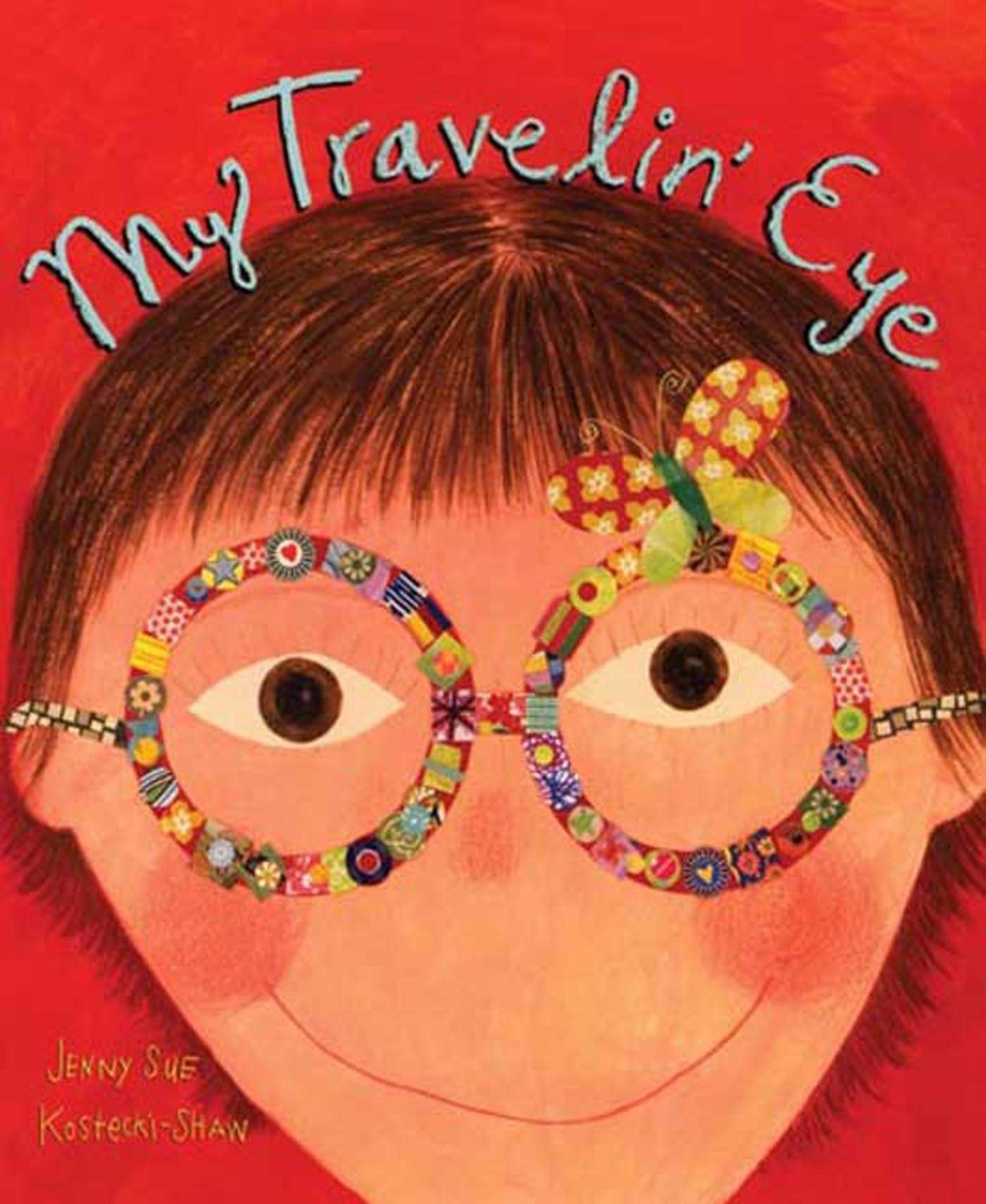
My Travelin’ Eye Lesson Plan
In this lesson the teacher will read aloud My Travelin’ Eye. This book shows from the character’s perspective what it is like to be on the receiving end of bullying and how she had to cope. As a way of coping Jenny’s mom made her special fashion eye patches. The takeaway message for students is that people who look different and have disabilities are still people in the world just like them.
Image description: Cover art for the book “My Travelin’ Eye”
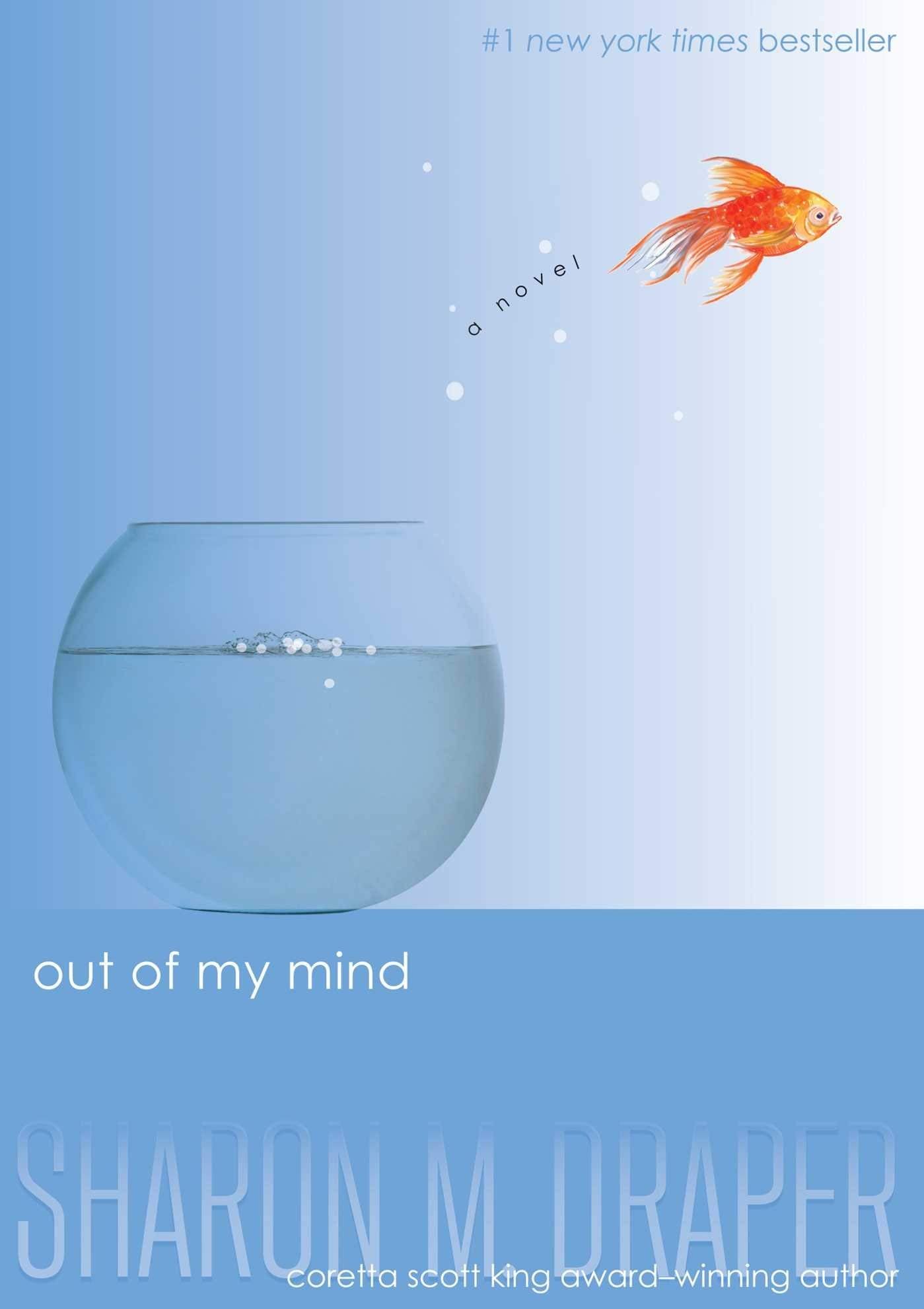
Out of my Mind - Book Discussion Guide
Out of My Mind is narrated by a girl with cerebral palsy who's very intelligent but unable to express herself by speaking or physically. When Melody is integrated into some general classes at school, many kids are purposely mean; others, including teachers, are cruel through their assumptions that Melody is incapable of understanding them. With the help of her parents and some supportive friends and teachers, Melody acquires a machine that allows her to communicate better than she ever has before (Common Sense Media). At last Melody has a voice… but not everyone around her is ready to hear it (Draper, 2010). This book discussion guide can also be adapted into a full assignment if that is more applicable for your student group.
Image description: Cover from the book “Out of My Mind”

The Sneetches Lesson
Students will read/watch the story of The Sneetches by Dr. Seuss. Students will think about prejudice and bullying. Students will learn that differences are not a bad thing and that no one should have to change to please others.
Image description: Cover art from the book “The Sneetches”

Winnie the Witch - Reading Guide and Lesson Plan that Addresses the Social Model of Disability
Students or teachers read or watch “Winnie the Witch” by Valerie Thomas and Korky Paul and consider how the story relates to the social model of disability. Students can apply what they learned about the social model, make connections, and identify events in the story where it was used.
Image Description: cover of the book "Winnie the Witch" which showed Winnie the Witch tripping over a black cat on the stairs.

We are all Superheroes: A Theatrical Unit on “El Deafo”
This lesson is a unit of 9 classes. “El Deafo” is a graphic novel about a young girl, Cece, who becomes deaf in elementary school. The book highlights how she adjusts to her new life as she navigates her new hearing aids, communication, teachers and friendships. In each class students will read the parts of each character like they are reading for a play rehearsal. Encourage students to really embody their characters, gesturing, facial expressions and standing up (if possible). This lesson encourages students to feel empathy because each discussion highlights the feelings of characters. Each class is split up into a discussion and a reading.
Image description: Cover art for the book “El Deafo”
